An iceberg the size of Rhode Island is rapidly breaking up and shedding massive chunks of ice into the sea. Once the world's largest iceberg, A23a is entering its final days as a titanic block of fresh water ice. After calving from the Filchner-Ronne ice shelf in Antarctica in 1986, scientists have closely monitored the demise of this trillion-ton iceberg.
In early September 2025, CNN reported, this "megaberg," now shrunk to about 656 square miles, will soon be absorbed into the sea. What makes matters even more concerning, as climate change accelerates glacier retreat, hundreds of subglacial volcanoes worldwide can become active.
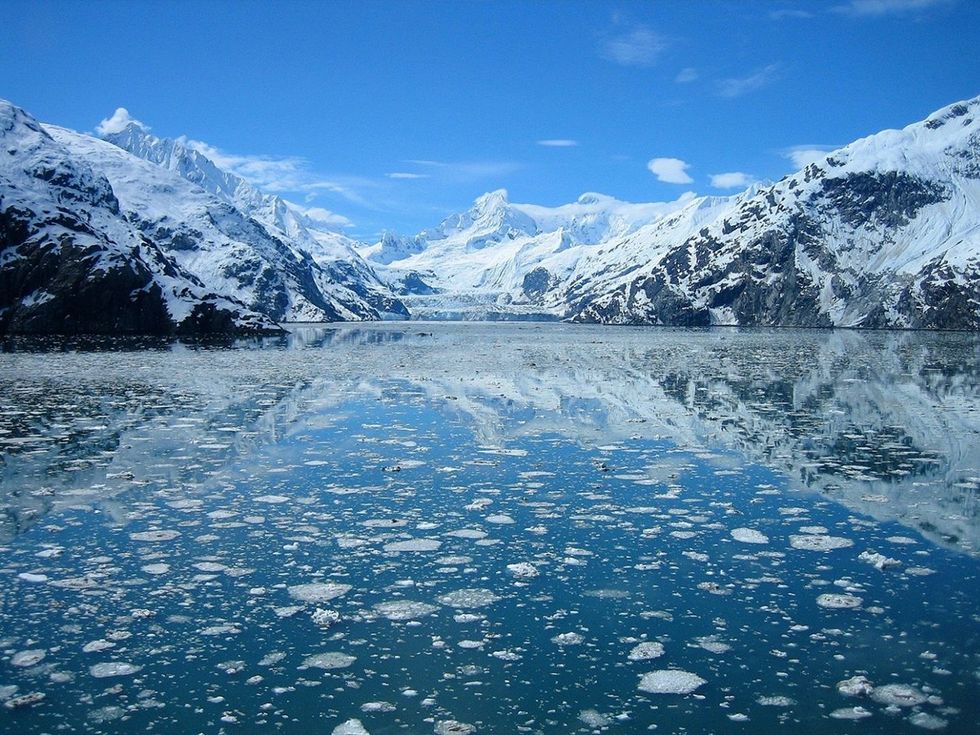
Things to know about the melting iceberg.
Speaking with CNN through an email, Andrew Meijers, an oceanographer at British Antarctic Survey (BAS) said, "The grounding and enormous release of cold freshwater are likely to have had a major impact on organisms on the seabed and in the surrounding water." Meijers continued, "It is important to understand these impacts as large icebergs may become a more common feature at South Georgia as a result of global warming.”
Iceberg calving—when large pieces of ice break off from the edge of a glacier or ice shelf—is a natural process that has accelerated in recent decades due to what many scientists claim is dangerous climate change. A 2025 article by Associated Press mentions A23a most likely will melt into the ocean as soon as November of 2025.

Glaciers melting may lead to future volcanic eruptions.
As global temperatures warm, glaciers melt and the volcanoes that were covered in thick ice caps become exposed. Now "awake," these volcanoes can then violently erupt. Geo Science World reported on a 2024 study examining how the Mocho-Choshuenco volcano in Chile evolved during the retreat of the Patagonian Ice sheet. This volcano was once blanketed by a giant ice sheet. The weight pushed down on the land, making it harder for magma (hot, melted rock) to rise up. After the ice sheet retreated, however, the pressure was lifted and the volcano began to erupt more often and explosively.
A 2025 news release in EurekaAlert! reported on the research that was presented at the Goldschmidt Conference held July 6-11, 2025. Pablo Moreno-Yaeger from the University of Wisconsin-Madison, USA, said, "Glaciers tend to suppress the volume of eruptions from the volcanoes beneath them. But as glaciers retreat due to climate change, our findings suggest these volcanoes go on to erupt more frequently and more explosively. The key requirement for increased explosivity is initially having a very thick glacial coverage over a magma chamber, and the trigger point is when these glaciers start to retreat, releasing pressure–which is currently happening in places like Antarctica."
The researchers of the study went on to express concern over the increase in volcanic activity. Gases released by the volcanoes can temporarily cool the planet. Other greenhouse gases released then warm the planet. This causes a dramatic heating and cooling of the planet, making volcanoes more erratic and volatile.
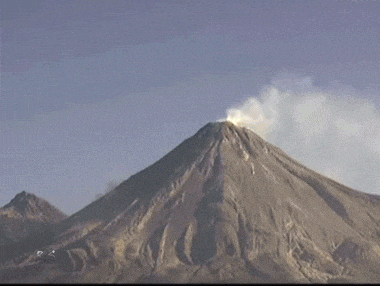
Glacier calving is nothing new to enter the news cycle. The monolithic iceberg A23a is but one in many past and future complications. Still, this is serious, and the staggering lack of concern by world leaders continues to be mind-boggling. And at this point, we don't need to hear or listen to the heads of government expressing concern because we're concerned. What we need now is for them to implement legislation and spend our tax dollars to actually do something about it for the planet's sake, and ours.





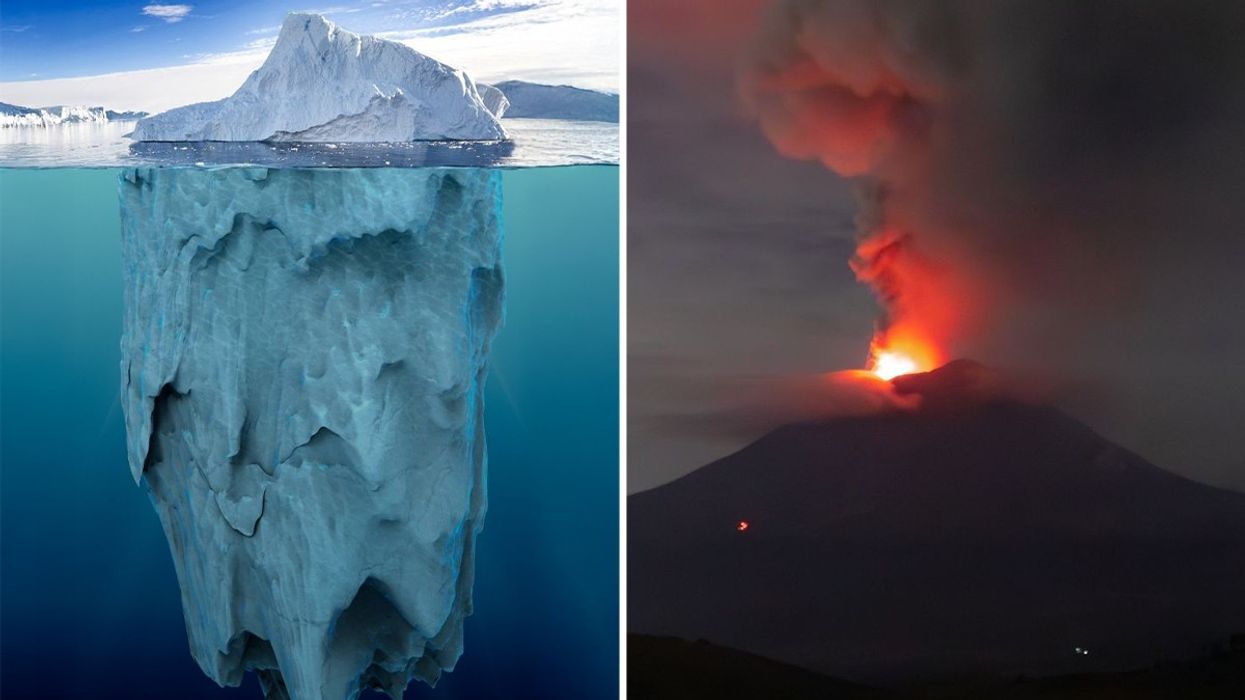




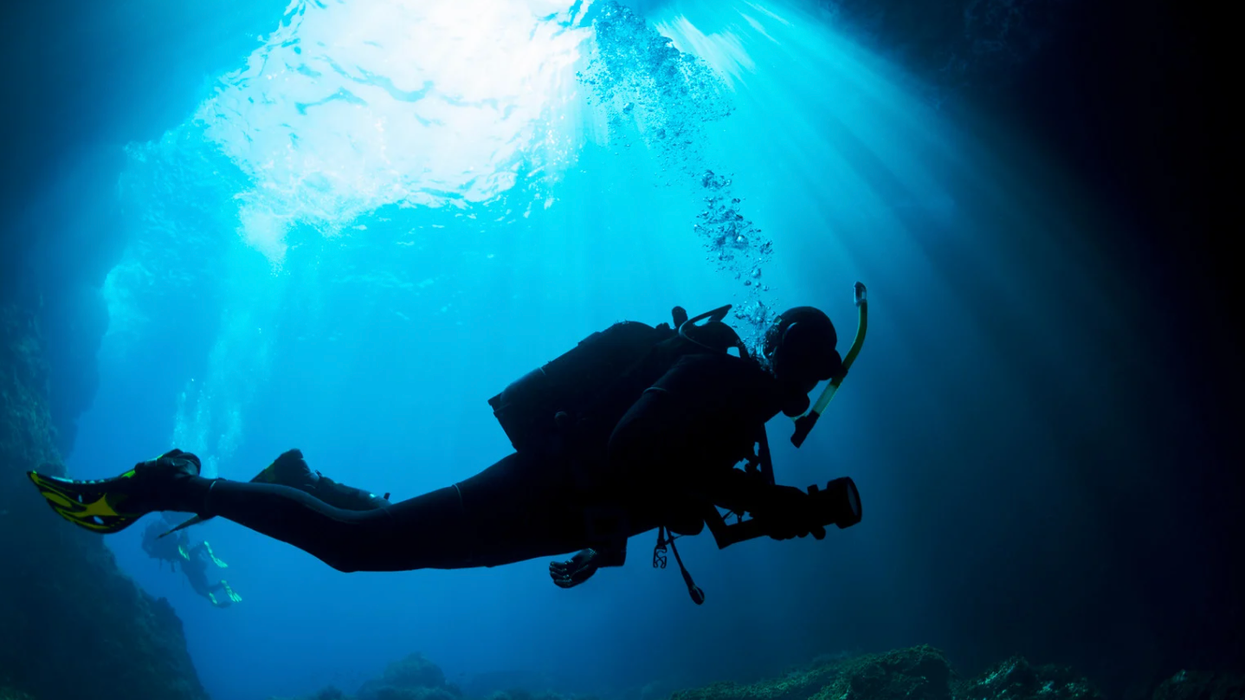







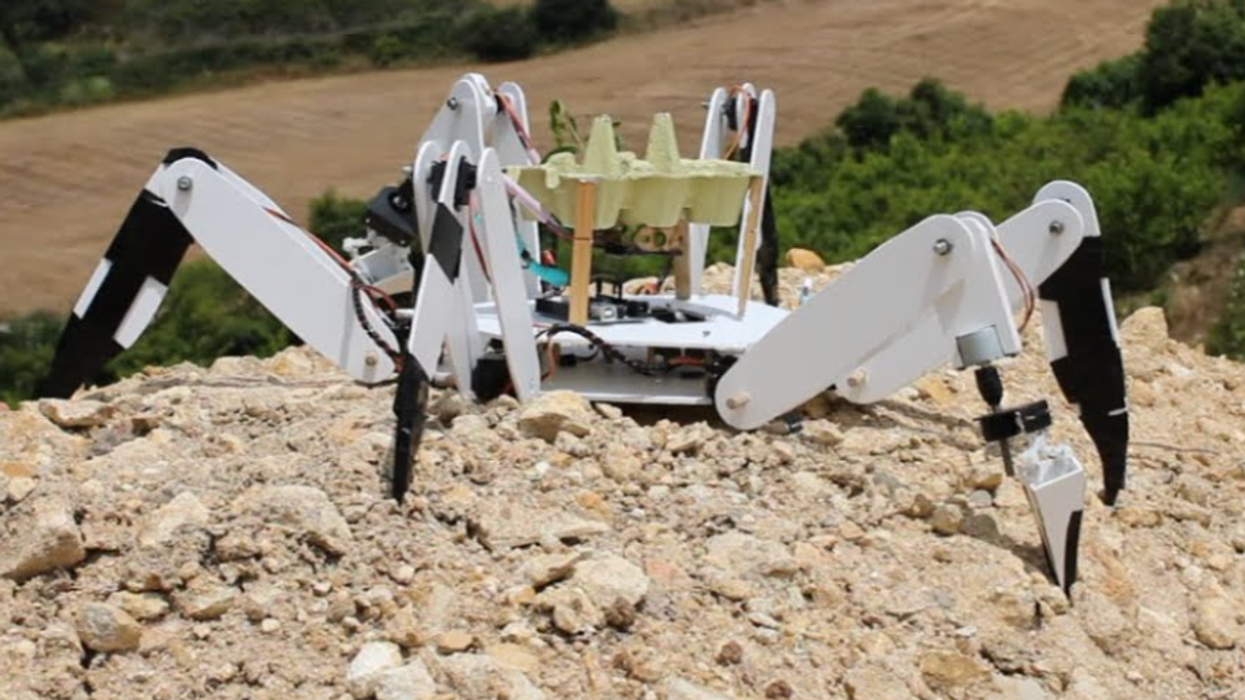



 A soldier relaxes on his bedCanva
A soldier relaxes on his bedCanva Gif of a child breathing deeply via
Gif of a child breathing deeply via 
 Take a moment to forget the world outside the headphones and just relax.
Take a moment to forget the world outside the headphones and just relax.  Lean back and unwind to the right music.
Lean back and unwind to the right music. 
